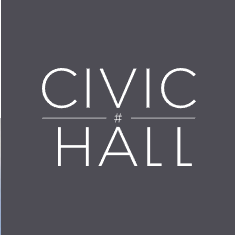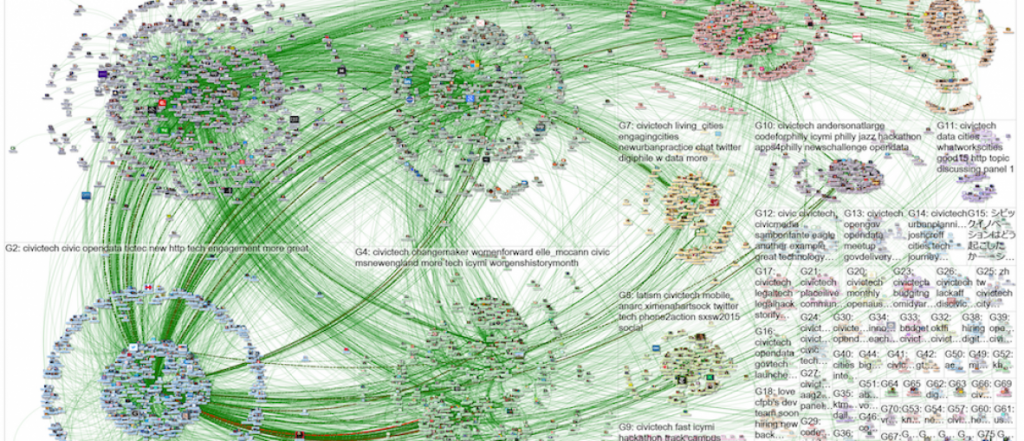RECAPS
- MICAH L. SIFRY
- July 21, 2015
- 2:48 pm
Hillary Clinton gives noncommittal answers during Facebook Q&A; what $1.4 billion will get you in Chicago; and more.
During a Facebook Q&A yesterday, presidential candidate Hillary Clinton took a question from the Huffington Post’s Alex Howard about what policies she might support to help workers displaced by automation or fending with the uncertainties of the “gig economy.” Her answer, he notes, was pretty noncommittal, beyond saying that “we have to resolve these questions while embracing the promise and potential of these new technologies and without stifling innovation or limiting the ability of working moms and veterans and young people to get ahead.”
Uber’s NYC general counsel Josh Mohrer wants a face-to-face live-streamed conversation with Mayor Bill de Blasio (“so all New Yorkers can watch”), but the mayor says “I don’t debate with private corporations,” Gloria Pazmino reports for Capital NY.
Capital NY’s Dana Rubinstein recaps the last few weeks of back-and-forth between Uber representatives and City Hall, uncovering enough miscommunication, fits of pique and contradictions to make clear that the current confrontation probably isn’t what anyone actually wants, but laying a lot of blame at the Mayor’s feet. Two paradoxes that jump out of her story: Taxi Workers Alliance founder Bhairavi Desai, who is often at war with the traditional taxi industry over its exploitation of workers, backs the proposed cap on Uber’s growth, but does so because what she fears most is how the job of taxi driver itself is becoming unsustainable. And, Rubinstein notes, while De Blasio is saying he wants to protect workers, one of his big tax donors, Evgeny Friedman, has been sued by the attorney general for mistreating his.
Nilay Patel of The Verge explains why we should rue the rush by Apple and Facebook to lure publishers into their mobile web: “The entire point of the web was to democratize and simplify publishing using standards that anyone could build on, and it has been a raging, massively disruptive success for decades now. But the iPhone’s depressing combination of dominant mobile web marketshare and shitbox performance means we’re all sort of ready to throw that progress away.” (h/t Andrew Golis)
Take data on who is being imprisoned in Illinois, and look back at their home addresses, estimate the cost per prisoner, add maps, and here’s what you find: Five poor neighborhoods in Chicago have had more than $1.4 billion spent on incarcerating many of their residents from 2005-2009, this new study on the city’s “Million Dollar Blocks” shows. 851 blocks have had more than $1 million spent on imprisoning residents, and 121 of those spent that much just to incarcerate people for non-violent drug offenses. The study builds on earlier work by Laura Kurgan of Columbia University that found a similar pattern in New York City.
Civic Eagle is an early stage mobile app that is hoping to engage ordinary Americans in the public conversation by using short video debates. Though the start-up is tiny, the Huffington Post’s Alex Howard writes that “The Civic Eagle team has built a more interesting civic app than many I’ve seen demonstrated in the past few years.”
Years ago, Al Gore suggested that we put a satellite in geosynchronous orbit above Earth to beam a continuous live view if the sunlit side of the planet back home. Now that vision has become a reality (well, without the live view), as this post by Robinson Meyer of The Atlantic explains.


